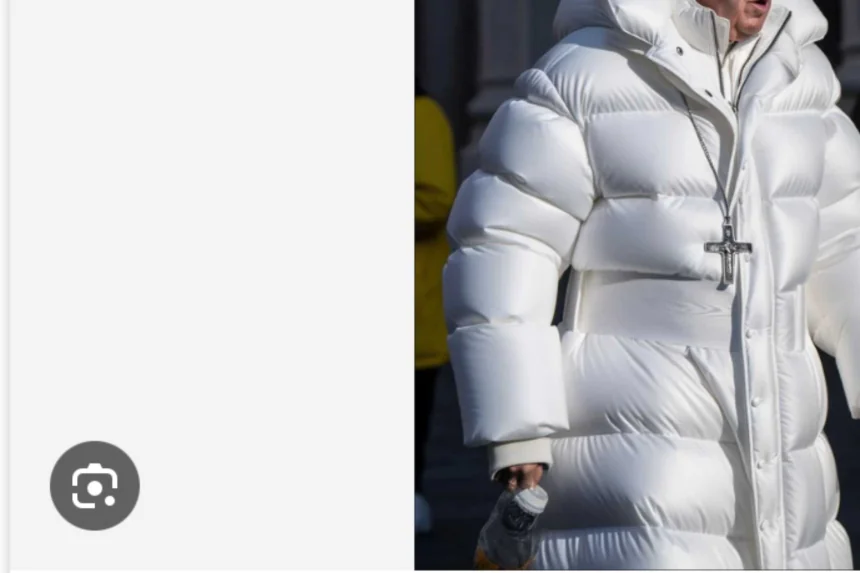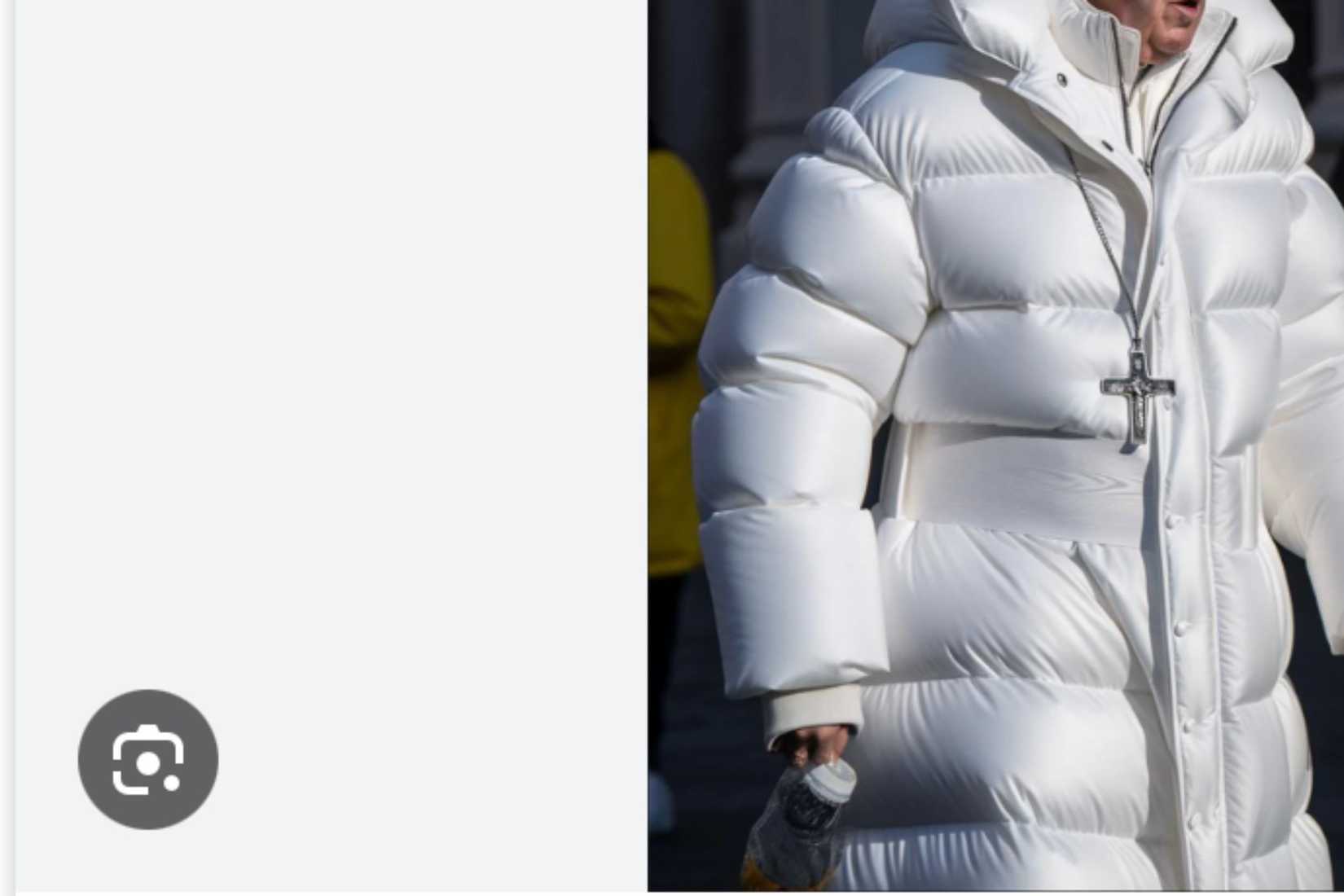You Won't Fall for Deepfakes if You Know These 6 Key Tips
At best, falling for deepfakes will make you the butt of jokes in your friendship group. At worst, they could manipulate you and cause worse damage. Knowing what to look out for will reduce your chances of falling victim. 6 Reverse Image and Video Search A reverse image search is one of the easiest ways to tell if what you're looking at is fake. I do this when people try scamming me using a fake profile, and it also works when identifying deepfakes. You can easily perform a reverse image lookup with Google Lens. Find the content you want to check and click on the Lens logo (as seen below). You'll see this next to a picture when you expand on it. If you see the image across multiple websites, with different names—or clearly from a stock website—you can be sure it's fake.

At best, falling for deepfakes will make you the butt of jokes in your friendship group. At worst, they could manipulate you and cause worse damage. Knowing what to look out for will reduce your chances of falling victim.
6 Reverse Image and Video Search
A reverse image search is one of the easiest ways to tell if what you're looking at is fake. I do this when people try scamming me using a fake profile, and it also works when identifying deepfakes.
You can easily perform a reverse image lookup with Google Lens. Find the content you want to check and click on the Lens logo (as seen below). You'll see this next to a picture when you expand on it. If you see the image across multiple websites, with different names—or clearly from a stock website—you can be sure it's fake.

If you've seen a deepfake video, you can use free reverse lookup tools like Deepware. These tools work in a similar way to reverse phone lookup sites.
Spotting a fake profile on social media can be more challenging. Your best option here is to look for the profile image in Google and do a reverse lookup. Search for the profile name and user handle, along with the social media handle; once you've done that, select the image associated with that profile via the Lens icon.
Alternatively, right-click the suspect image, then select Copy image address. Head to Google and select Search by Image, in the Google search bar. Then, press CTRL + V to paste the image address into the search bar, and then complete the search.
As with photos, you can see if the image has different names across multiple websites—or if they're from stock websites. If they are, you can be sure that they're fake.
5 Live Interaction Test
Worryingly, AI video call scams are on the rise. The good news is that you can ensure you don't fall for deepfakes with a simple live interaction test.
Ask the person calling you to move their head to the side quickly. If the video is fake, it won't look natural. It's easy to differentiate from lag, too, because it will look more robotic.
Alternatively, you can say something that puts them on the spot. AI video callers aren't very good at reacting quickly, which will catch them off guard. Ending the call is a good idea if you notice issues that ring alarm bells.
4 Look at Facial Inconsistencies
When you see a video of a real person, they still look like human beings, including in their facial expressions. It's a running joke that AI has no personality, but these tools are genuinely not good at recreating human emotions.
If you're worried that you're looking at a deepfake, looking for facial inconsistencies is one of the easiest ways to determine whether this is true. Look to see whether they can easily change their expressions and how their mouth moves when they speak.
While not everyone will speak perfectly, you can still tell whether someone is real based on these alone.
3 Keep an Eye Out for Blemishes and Defects
Deepfaked photos and videos often have clear signs that they aren't real. For example, people's hands will appear unnatural, particularly if they try to put their hand into a trouser pocket.
You should also look out for unnatural movements. For example, they might move their arms in a way that an ordinary person would not. Keep an eye on how the person interacts with the background, too. In many cases, deepfakes will be too detached to the point that it looks obviously fake.
2 Listen for Robotic or Glitched Voices
One of the easiest ways to tell if a video is a deepfake is by listening to the voices. In many cases, people in deepfake videos will sound robotic, even with AI enhancements. And in other instances, you'll hear glitches in their voices.
In many deepfake videos, you'll hear issues that sound like the computer isn't working properly. Most of the time, these are not because of camera issues but because the deepfake creator didn't go through their video to check for them.
1 Poor Object Interactions
AI is notoriously bad at object interactions with people. You probably remember the Pope jacket deepfake, and while convincing, the photo has one very clear sign that it's fake. His cross looks more like a bag than it does a necklace. Moreover, the center of his jacket looks like a weightlifting belt.
Keep an eye out for other bad object interactions that might be clearer at first glance. For example, the person's hat or glasses might look unnatural. Look at how they interact with tables, food, and everything else around them as well.
Deepfakes are concerningly prevalent, and many of them are convincing. However, you can often tell whether an image or video is legit with a few simple steps. If anything looks different from how an ordinary person would react, treat it as a red flag.
Share
What's Your Reaction?
 Like
0
Like
0
 Dislike
0
Dislike
0
 Love
0
Love
0
 Funny
0
Funny
0
 Angry
0
Angry
0
 Sad
0
Sad
0
 Wow
0
Wow
0












